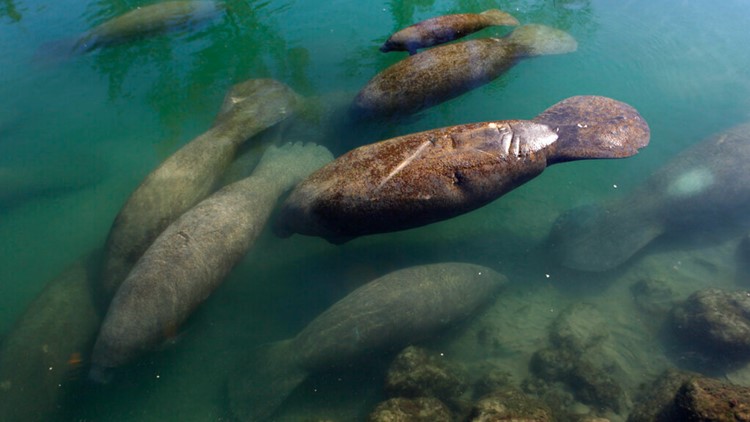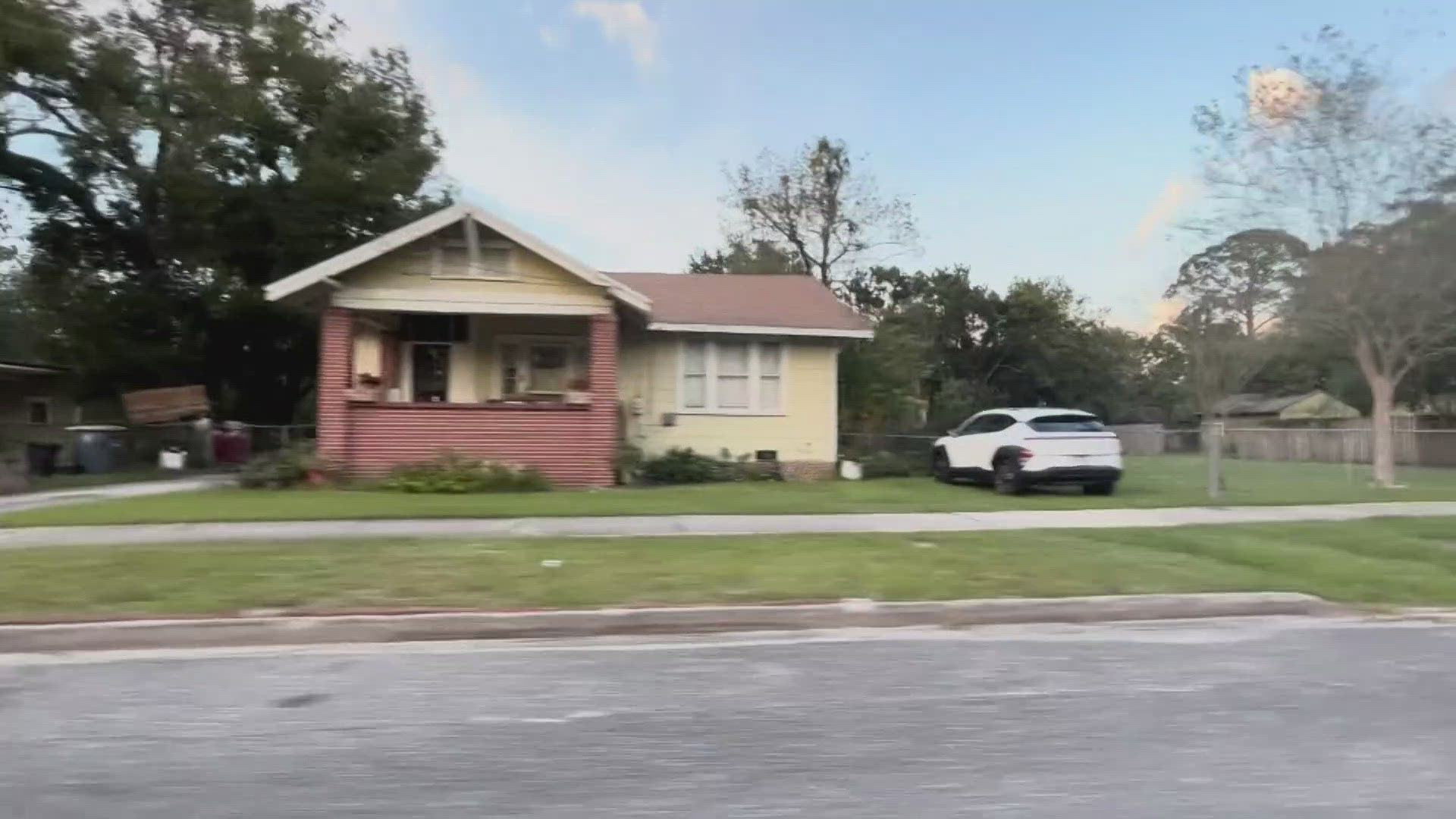ST. PETERSBURG, Fla. — Florida manatees at risk of starvation because native seagrass is dying due to water pollution have continued to eat lettuce under an experimental feeding program.
Florida wildlife officials said Friday that the test facility in the east coast’s Indian River Lagoon had its first takers of romaine lettuce Thursday, leading more manatees to eat the food. Florida Fish and Wildlife Conservation Commission officials say the unprecedented feeding program is a state and federal response to last year’s record number of manatee deaths.
According to the FWC's final mortality report, 1,101 manatees died in 2021, compared to the confirmed 637 manatees that died in 2020.
So, why are manatees dying at such high rates off the Atlantic coast? FWC says it is still investigating but that an initial assessment indicated a high number are emaciated due to a decline in seagrass and macroalgae.
"Improving water clarity and light penetration is essential for the restoration of healthy seagrass communities," the state agency's website reads.
Seagrass, like other plants, needs sunlight to grow; but persistent algal blooms have stunted its ability to do so dramatically. As a result, the primary food source for manatees has been scarce.
The Florida manatee is a native species that can be found in multiple waterways across the state. According to FWC, there are an estimated 7,520 to 10,280 manatees statewide today, reclassifying them from an endangered species in 2017.



